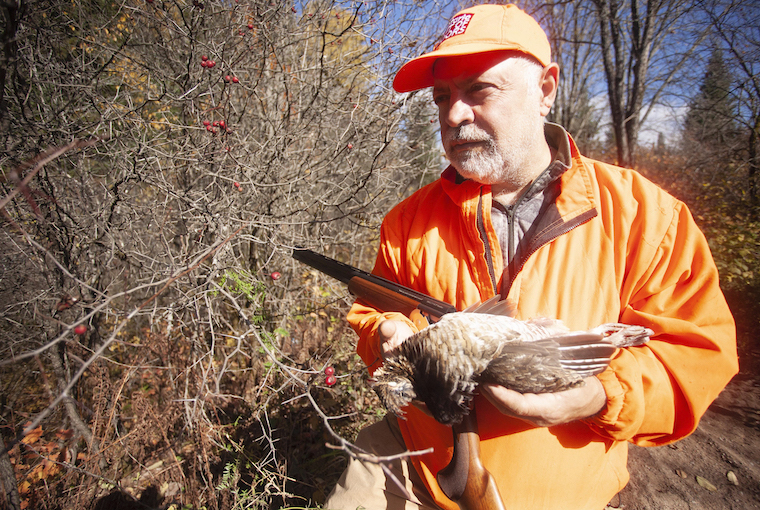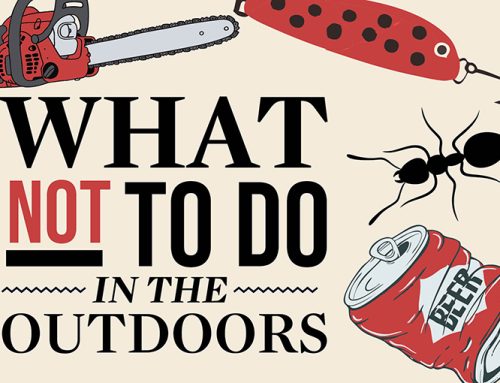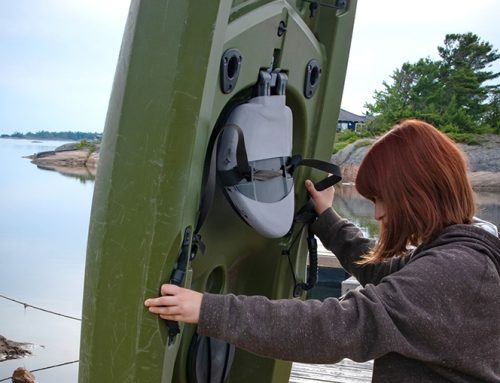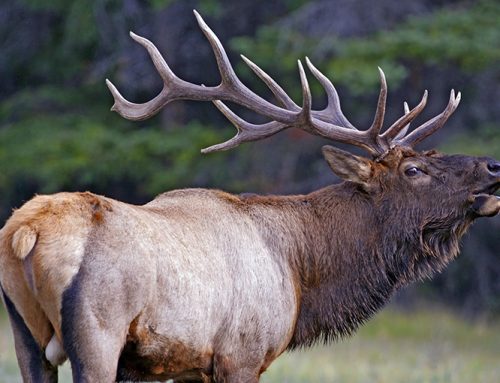
When does a hunter become a grouse hunter? I’d say it happens when that hunter shifts from randomly potting the odd grouse to deliberately seeking them out in good cover. After all, anyone can stumble upon and shoot a grouse, but it takes a grouse hunter to consistently find them (and miss).
To get to that point, you need to recognize what good grouse cover looks like.
Defining grouse cover
Grouse cover is any location where grouse can be found with regularity over the course of a season or, preferably, many seasons. It possesses a combination of conditions that keeps holding birds year after year.
If you see or flush a grouse in a location, that doesn’t necessarily mean you have found grouse cover. Perhaps, that bird flew there to evade a threat or was on its way to another cover. A flush, on its own, is just a random occurrence unless the bird emerged from a place that has the components of grouse cover.
Sunlight and young vegetation
To a grouse hunter that means an area of young trees, plants, and shrubs that are still transitioning towards maturity. Ideally, the trees in the cover are less than 15 years old.
These transitions zones occur when a meadow hunter? I’d say it happens when that or orchard has gone wild or when livestock no longer have access to pasture so it reverts to forest. Transition zones emerge from forested areas that were clear-cut or ravaged by fire. And, also in the cleared margins of a snowmobile trail, logging road, or old or active rail line. Power line corridors often hold transition zones at their edges too.
These emerging areas are penetrated by sunlight, which promotes a variety of plant, shrub, and tree growth, most of which provides food and cover for wildlife, not the least of which is grouse.
They often feature young stands of alders, ironwood, birch, hawthorns, wild apple, cherry, or poplars that are less than 20 feet tall, and are spaced tightly enough to make swinging a shotgun challenging. The floors beneath harbour little succulent plants, ferns, mushrooms, and seeds, which appeal to grouse. Raspberry, wild grape, and blackberry canes, as well as sumac and other vegetation that grouse consume are often adjacent or nearby. Trails bordered by transition cover, might also be lined with cinquefoil, clover, and similarly delectable grouse food.
When those berries, mushrooms, and delectable plants of the early season are gone, grouse switch to the catkins and leaves of alders, ironwoods, birch, poplars and the like, as well as those old apples rotting on the ground. Later, they will dine on various evergreens too.
Basically, good grouse cover is filled with relatively young and succulent growth compared to the mature forests they are often adjacent to. They are, as a rule, brighter places too.
Cover me
Cover also protects grouse from avian predators like goshawks and terrestrial predators such as foxes and hunters. It is not impenetrable to dog and man, because then grouse might not be able to flush easily from it either — which limits their escape options. But it is, as a rule, a challenging place to swing a shotgun.
It seems to me, grouse within always have escape routes in mind. A direct path to the sky or that unobstructed lane where they can drop their heads and attempt to outrun you or your dog. That’s another characteristic of good grouse cover. They are places when the predator is at a distinct disadvantage due to its density.
Give me shelter
Look for transition zones adjacent to spruce, pines, cedars, or other evergreens. These evergreens serve as places where grouse sit out rain and snowstorms and roost for the night. They will often sit around mid-level in the tree sandwiched between the layers of boughs above and below. I typically hunt the transition area first and, if they are not there, I’ll sweep through the evergreens. Or vice versa on wet or snowy days.
Grit and water
One other characteristic of good grouse cover is access to grit and water.
Grouse don’t necessarily need classic water sources like creeks, ponds, or lakes. They can get moisture from dew, puddles or seeps in the ground, or the vegetation and berries they consume. In times of drought, they might shift to covers closer to classic water sources, however.
Grit, which is essentially tiny stones, is another thing that draws grouse to a location, since they need it to help digest food. Grit is found on roads or trails near the cover.
Often, the first times you notice grouse near a cover, is in the early mornings, when they come out to dry after a rain in these open areas, or in the evening, when they visit those places to gather grit.
Food, cover, shelter, grit: if you find all these features in grouse country, it is definitely a cover worth hunting. And when you flush a grouse or two, whether they find a place in the game bag or not, you can call yourself a grouse hunter. But don’t worry. We don’t always miss.
Originally published in the Fall 2022 issue of Ontario OUT of DOORS






Leave A Comment